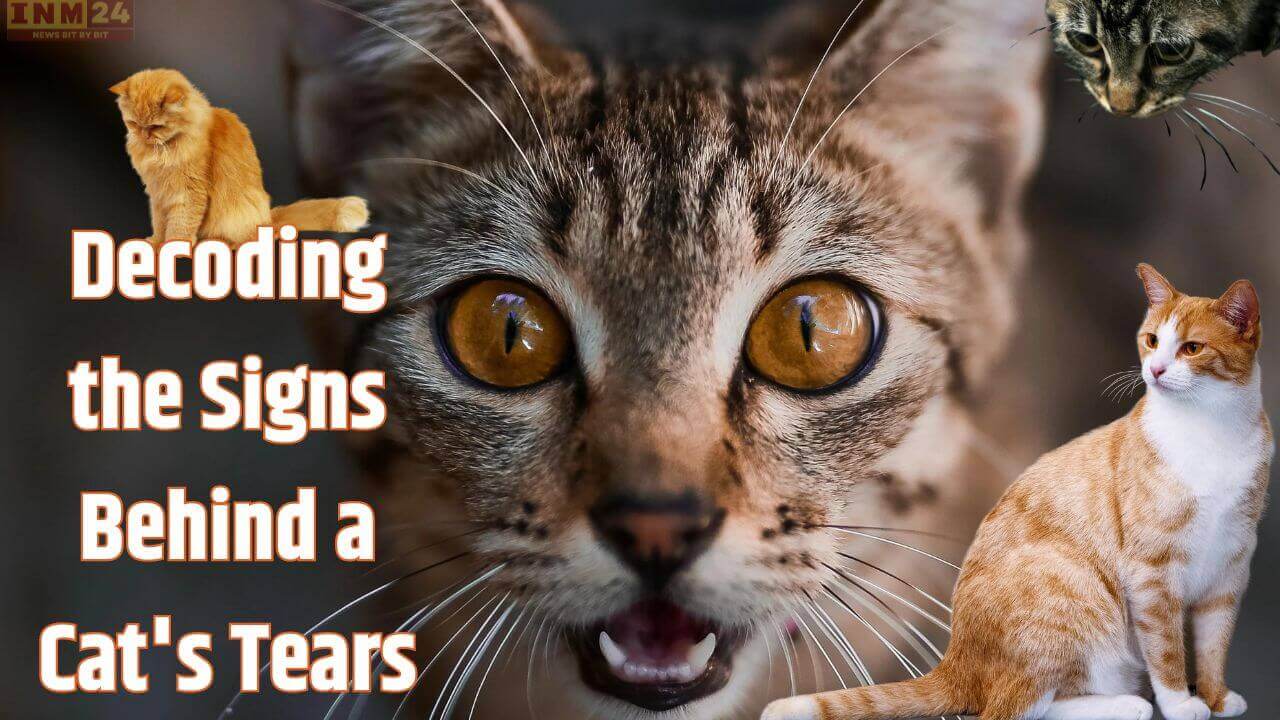In Hindu culture, the importance of Shakun Shastra (omen science) is deeply rooted, providing detailed insights into various aspects of life. This ancient science delves into the symbolism surrounding events and occurrences, especially those linked to human existence. One such belief revolves around the crying of a cat, and elders often suggest that a weeping feline is an ominous sign, prompting them to shoo away the distressed cat. In this article, we’ll explore the perspectives of Shakun Shastra regarding the crying cat and whether it is considered auspicious or inauspicious.
Deciphering the Cries: Auspicious or Inauspicious?
According to Shakun Shastra, the crying of a cat is interpreted as a forewarning of an impending death in the family. The cat, being sensitive to such events, allegedly senses the approaching demise, prompting its tearful behavior. As a result, elders often associate the sight of a weeping cat with an imminent loss and take measures to ward off the feline from the vicinity.
Furthermore, in the world of Shakun Shastra, the act of cats quarreling is considered highly inauspicious. It is believed that such disputes among cats can lead to the destruction of the household’s prosperity. To prevent this negative outcome, it is advised to intervene and chase away the feuding felines. Failure to do so may, according to this belief system, displease Goddess Lakshmi, the deity associated with wealth and prosperity, resulting in financial setbacks.
Shakun Shastra Advises Caution When Cats Cross Paths or Visit Homes
Shakun Shastra also warns against allowing a cat to cross one’s path during travel. If a cat cuts across the road, it is seen as an unfavorable omen, indicating potential failure or lack of success in the endeavors one is embarking upon. To counteract this negative sign, it is suggested to pick up a stone and throw it in the direction the cat has gone, clearing the way for a smoother journey.
Feeding a cat is another practice cautioned against in Shakun Shastra. It is believed that providing food to a cat can bring misfortune, as the cat wishes for its feeder to turn blind to enable the feline to consume the individual’s share of the meal. To avoid such ill fate, it is recommended to refrain from feeding cats.In instances where a cat visits a home, consumes milk, and leaves without a trace, this is regarded as an unfavorable sign. Shakun Shastra suggests that such an occurrence may lead to financial loss and family members facing significant troubles. To mitigate this, it is advised to cover the milk and prevent the cat from drinking it.
while these interpretations are rooted in traditional beliefs, it’s essential to approach them with a balanced perspective, considering individual beliefs and cultural diversity. Whether one views a crying cat as a harbinger of misfortune or dismisses it as mere superstition, understanding and respecting diverse cultural perspectives enrich our collective tapestry of beliefs.
